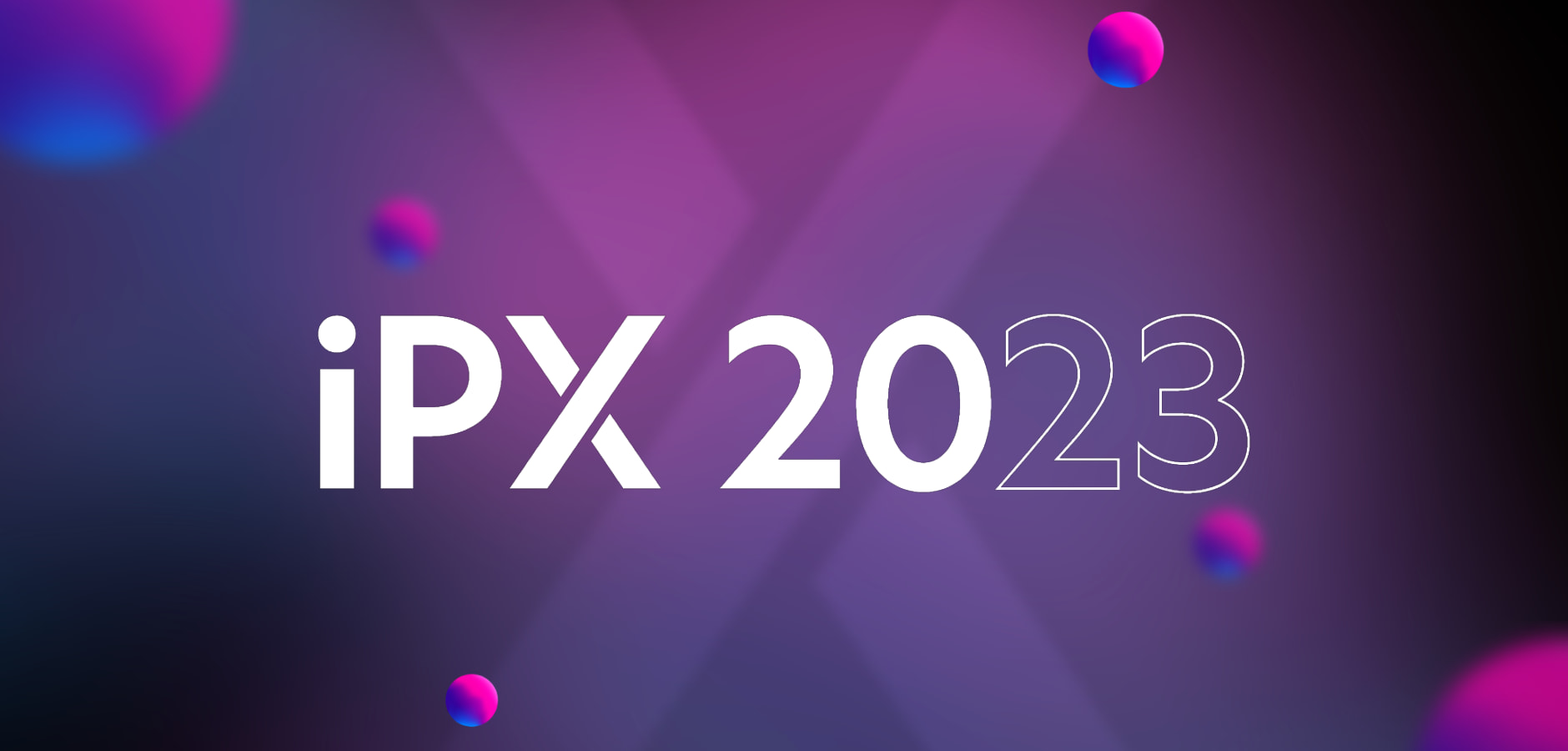impact.com’s Partnership Experience (iPX) took place in New York City in June. This event brought together outstanding players from every aspect of the partnership economy to:
- Share knowledge
- Learn from industry trailblazers
- Build connections for the future
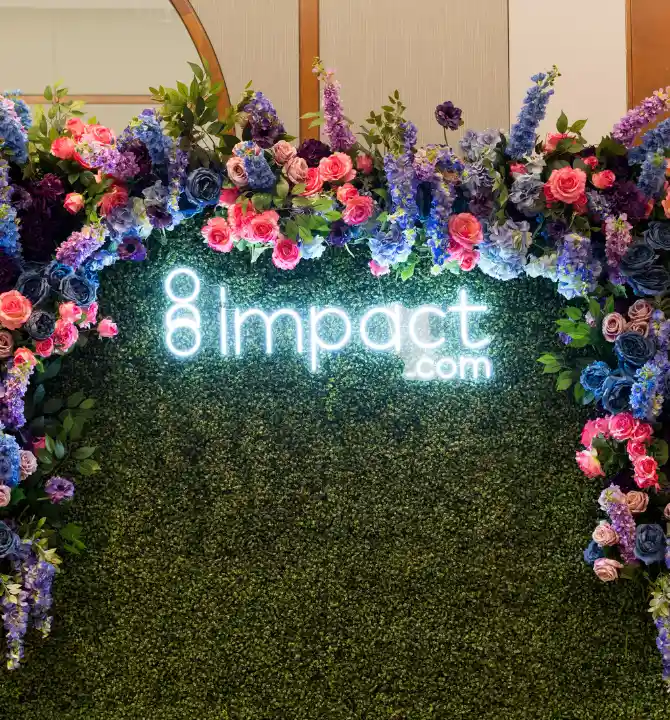
Putting iPX highlights into action
The key ideas and strategies from iPX’s keynotes and breakout sessions will help you optimize your partnerships and form stronger relationships—no matter which side of the partner economy you’re on.
Keep reading to learn more about each iPX 2023 session’s core messages.
The three C-Crets to getting to know, like, and trust your brand
David A. Yovanno, impact.com CEO, and Ian McGlumphy, Head of Partnerships and Events at Apollo Neuro, focused on critical partnership trends and the value creators bring.
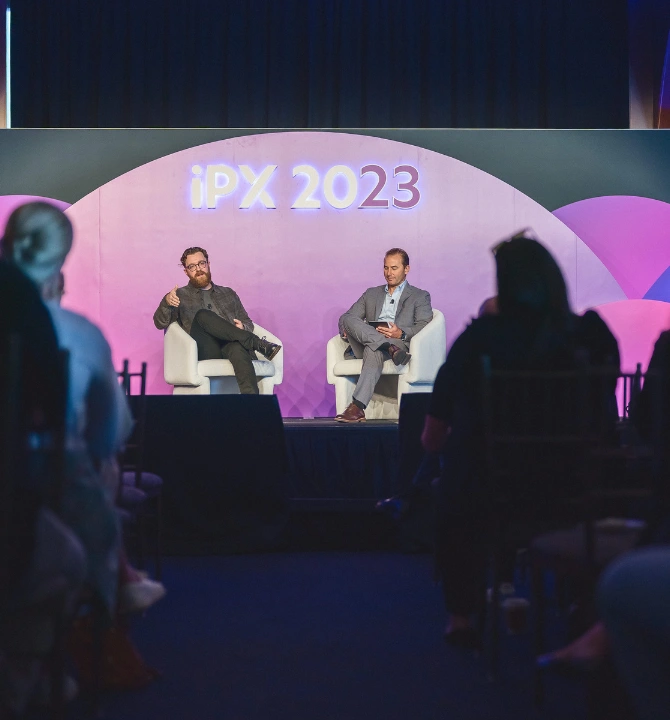
1. Brands need a KLT strategy
Customers seek validation for purchasing decisions from trusted figures—whether it’s people in their life or online influencers. Eighty-nine percent of people trust personal recommendations above anything else.
Companies succeeding with partnerships rely on a “Know, Like, and Trust” strategy (or KLT). Take time to find partners that build trust with their audiences. Look for influencers and publishers that you find trustworthy and authentic, too. These high-quality partners help potential customers get to know, like, and trust your brand.
2. Top three partnership trends this year
Creators are part of a massive industry expansion. Eighty-two percent of marketers budgeted for influencer marketing in 2023. Additionally, influencer marketing is expected to grow five times between 2022 and 2028—jumping from $16.4 billion in 2022 to $84 billion.
Commerce content is rising in popularity. This publisher-produced editorial content about a brand often comes in the form of product reviews, roundups, gift guides, and listicles. Nine out of ten people read reviews before making purchases, making this content crucial for getting sales across the finish line.
Control belongs to customers nowadays. Successful brands must think and act like modern buyers. Relying on outdated marketing strategies feels fake or forced when placed next to great content. Your partners have established and grown their audiences for a reason—and you’ll see huge dividends by giving up control and leaning on their strengths.
3. Testing messaging with partnerships
Partnerships include many potential formats and relationships: newsletters, podcasts, affiliates, review sites, premium publishers, social media influencers, and more. This diverse mix makes partnerships perfect for testing different messaging strategies.
Before using new messaging on your owned marketing channels, see what approaches work best with consumers through partnerships.
Authentic influencer marketing: How to connect with audiences through creator content [ + winning strategies]
Experts shared actionable tips for building authentic, lasting relationships with creators and their audiences.
Panel participants included:
- Becca Bahrke, CEO at Illuminate Social
- Shelcy Joseph, Founder of NYCxClothes
- Cristy Joseph, Co-Founder/Brand Strategist at NYCxClothes
- Jack Appleby, Creator at Future Social
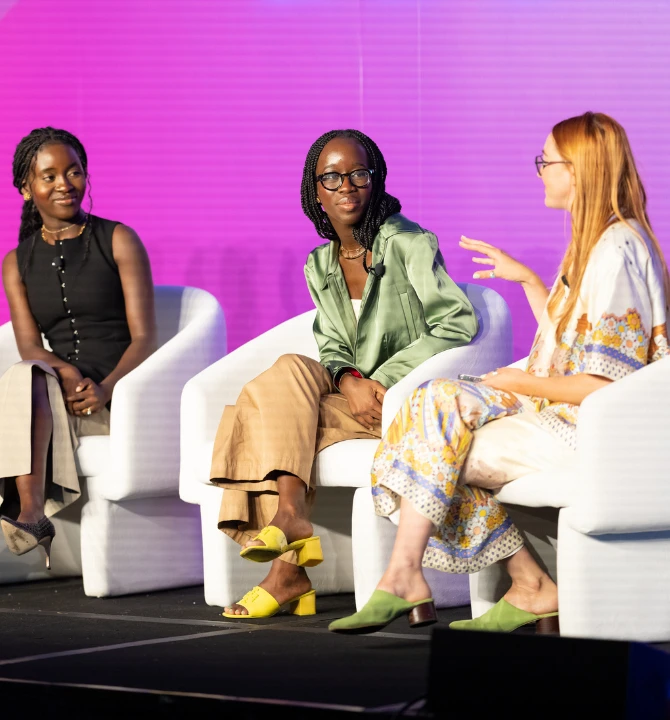
1. Nurturing authenticity with creator partnerships
Brands and creators must define authenticity by aligning on tangible values. Today’s online audience can tell when partnerships rely on mutual collaboration—and when they don’t.
Customers crave transparency from brands and creators, especially when faced with so many one-dimensional ads and product pitches online. Audiences (and creators) want to connect with trustworthy brands.
2. Building long-term trust with creators over pure transaction
Creators don’t want brands to micromanage them. Instead, think of creators as long-term collaborators. Let your partners know they have creative freedom and agency to reach the right audience. Create content briefs that provide direction without restricting or limiting them.
3. Finding compatible creators for your business
Think outside the box regarding recruitment. Sometimes the biggest creators won’t be the best fit. Meanwhile, creators with growing audiences may authentically champion your brand and products.
Some companies, such as GoPro, find potential partners by checking tagged photos on Instagram—looking for creators with a genuine passion for their brand. By A/B testing content with different influencers and platforms, you can discover which strategies work best for your brand.
The rise of short-form video content: How to effectively reach and engage new audiences
Olivia Savage, Senior Product Marketing Manager at impact.com, Tiffany Matloob, Global Head of Creator Community at YouTube Shorts, and Jordan Powers, Senior Manager of Shopper Marketing at Chobani, discussed the rise and potential of short-form video content for brand partnerships.
1. Why short-form video is exploding in popularity
Short-form videos on TikTok, YouTube, Instagram, and other platforms capture people’s attention and open up opportunities for brands. With clips under three minutes, these shorts/reels promote punchy, engaging content.
Creators and brands can reach a broad audience without devoting time and resources to creating longer-form content. The success of short-from is why 90 percent of marketers plan to maintain or increase spending on the format this year.
2. Short-form content for entertainment, discovery, and education
Shorts and reels are perfect for inspiring customers with snappy product recommendations, recipe ideas, and entertaining reviews.
Talented creators do much more than just recommend your brand. Their passion builds up authentic demand and interest for your products and campaigns with the right audiences.
3. Take time to cultivate genuine creator relationships
Creators are looking for authentic partnerships with brand managers they trust. By providing support and healthy communication, you’ll encourage creators to stick around and promote your brand even more.
A partnership with the world: How ESG can benefit business while creating a better tomorrow
In this session, David A. Yovanno, impact.com CEO, spoke to Uncommon Goods Founder/CEO Dave Bolotsky and VP of Brand Partnerships at charity: water Julia Anderson about the importance of responsibility, sustainability, and long-term missions for brands.

1. Why consumers (especially Gen Z) care about company values
Buying from brands isn’t just about preferences for many people anymore. They want to find companies and products that benefit communities locally and worldwide.
Nine out of ten consumers believe brands are responsible for addressing environmental and social issues. These stats are especially true for Gen Z shoppers—over 70 percent want to buy from ethical brands.
Brands and partners who spell out their values and take action will grow their audiences and make a real difference, particularly with young people.
2. Going deeper than terminology
Terms such as “sustainability” and “ESG” can help spread your message and guide future actions. Still, brands shouldn’t only focus on ticking boxes and using the correct lingo.
If you want to foster trust and authenticity with creators and customers, you need to put these ideas into practice from the top to the bottom of your brand.
3. Amplify your mission with authentic partnerships
Finding the right partners will boost your message and connect the dots for customers. They might already be interested in your product, services, or values. However, content creators use audience trust and passionate storytelling to win people over—simultaneously investing in your brand and mission.
The state of commerce content
Publishing experts discussed fresh approaches to commerce content commission rates, pitches, and long-term partnership success.
Panel participants included:
- Hanan Mayaan, Cofounder and CEO of Trackonomics by impact.com
- Emily Jackson, SVP of eCommerce at Forbes
- Chris Lloyd, General Manager at Reviewed/VP of Commerce content at USA Today
- Jen Birkhofer, VP of Commerce at NBC Universal
1. Publishers should see the audience as their north star
As publishers, your audience plays a massive role in what topics, products, and brands you cover. High commission rates don’t matter if the products and services won’t resonate with your audience. Focus on your audiences first, and don’t let enticing commission offers pull you away from your core values.
2. Brands need to understand publishers before pitching partnerships
For brands, it’s essential to research and understand a publisher’s content before reaching out. Generic pitches for placements and partnerships quickly turn into spam for publishers.
Look at your social media presence and brand messaging objectively. Ensure your product and pitch are relevant and compatible with each publisher’s content.
3. Publishers need to focus on long-term, successful brand partnerships
Taking a short-term, scattershot approach to brand partnerships isn’t sustainable for many publishers. By developing long-lasting relationships and deals with a few highly compatible brands, you can optimize your content to hit each brand’s goals while staying true to your publication’s values and voice.
Paving new career paths in partnerships
Todd Crawford, VP of Strategic Initiatives/Co-Founder of impact.com, spoke with Senior Director of Marketplace at Affirm John Toskey, and Manager of Client Partnerships at Team Bespoke Joey Asleson, about navigating a career in partnerships. Key topics included challenging yourself, facing imposter syndrome, and being a positive voice for change.
1. Being curious and taking risks
Stepping out of your comfort zone is a massive step for growing your career. With digital marketing changing and evolving quickly, ensure you don’t limit yourself by setting artificial boundaries around what you “can and can’t do.” Experimentation is key.
2. Growing and learning continuously
Always take advantage of new learning opportunities—even if they’re tangential to your current role. Many people around you’re likely willing and excited to help you learn.
Actively engaging with colleagues (and competitors) will help you stay aware of industry changes and grow your career.
3. Promoting growth as managers
For people in management roles, give your employees the latitude to experiment, learn, and improve—even if that means making mistakes. Good managers aim to support their team, helping them succeed instead of taking all the credit.
Making space for inclusion in the partnerships industry
For this session, an expert panel broke down the benefits, challenges, and best practices of an inclusive partnership strategy.
Panel participants included:
- Shaunice Hawkins, VP, Board Advisor, DEI at impact.com
- Shreya Mukherjee, Chief Strategy Officer at MSL Group
- Brittany Bright, Founder and CEO of The Influencer League
- Orchid Richardson, SVP of Marketing at Blavity Group
1. Why education matters for working with BIPOC agencies, brands, and publishers
BIPOC partners can open up new opportunities for partnering brands and help them connect with a broader audience. However, the education and knowledge BIPOC partners provide are crucial: helping brands overcome preconceived notions and pitches.
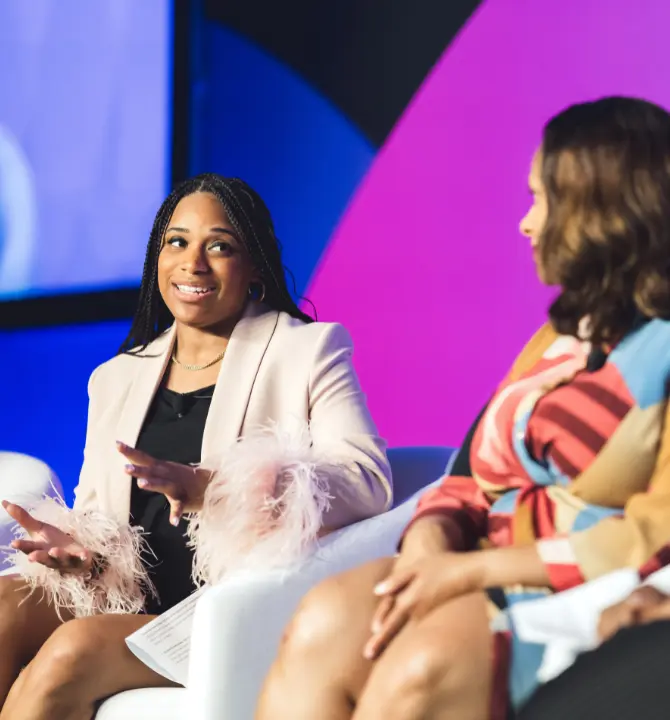
2. The advantages of collaborating with BIPOC brands, agencies, and publishers
There are clear upsides for brands partnering with BIPOC creators. You’ll form authentic connections with new audiences and tap into a huge customer base many brands overlook. Diversifying your partnerships program broadens your potential audience overall. Black creators, for instance, drive high traffic and pioneer trends on every social media platform.
3. Addressing the influencer pay gap
Accurate data is crucial for better creator representation in the partnership economy. Most creators have no regulation, representation, or transparency about commission rates.
Based on ground-breaking research from the MSL Group, the pay gap between BIPOC and white creators is 29 percent—with the gulf widening even further at 35 percent for black creators. Data shows that most BIPOC content creators are stuck in lower tiers, unable to grow their audiences due to inequality in the industry.
These research results prove a desperate need for fair payment and transparency in the industry, pushing brands and partners to face these issues head-on.
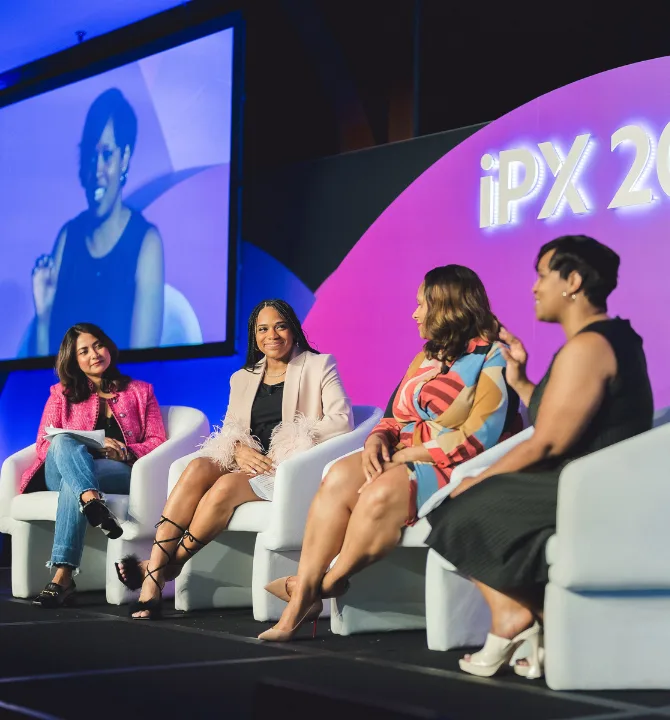
With the proper education and solid stats, BIPOC creators are starting to raise their rates and help close the pay gap.
Tapping into the partnership economy’s full potential
The 2023 impact.com Partnership Experience highlighted the massive potential partnerships offer, whether you’re a brand, creator, publisher, or agency. Partnerships encourage authentic connections between partners, marketers, and audiences—helping us think sustainably and learn more about the people around us.
